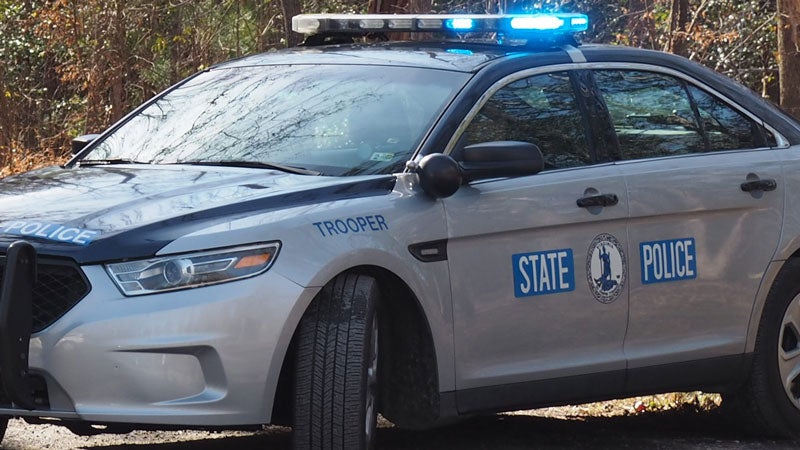Region is home to many types of squirrels
Published 5:56 pm Tuesday, January 16, 2024

- Yes, groundhogs can climb trees. (Submitted photo)
By John Bunch
Contributing writer
Virginia boasts a number of different squirrels that live within our state, some of which you might not consider to be squirrels.
We’re all familiar with the eastern gray. We also have the fox squirrel, which can be found dotted over the state, including Isle of Wight and Sussex counties.
Then there’s the red squirrel, our smallest tree squirrel, that’s found in the higher elevations west of the Blue Ridge. We have the eastern chipmunk and two different flying squirrels, the southern and the northern. The northern is found in the more northern mountainous regions and it’s said that if you have gray squirrels, then you have southern flying squirrels.
This brings us to the largest of this family – the groundhog. Yes, that’s right. That burrowing bane to gardeners and farmers alike is in the squirrel family.
When I was young, I have memories of going to a local country store with my father and recall a little of the conversations the farmers would have as they stopped by. They would talk of how the groundhogs were moving in. This is something that troubled the farmers as these large rodents could really do some crop damage if left unchecked.
To go along with their conversations on groundhogs, I recall them saying that when they would move in, the skunks would follow.
It turns out that the opportunistic skunks would use those burrows when available. This all proved, at least to me, to be true over time.The groundhogs did indeed move into our area and then along came the skunks. And as you know, we have them here today.
No gardener or farmer appreciates having a groundhog around their crops and most of the time measures take action to rid them from their plants.
So here’s the interesting part. Knowing now the groundhog is in the squirrel family, it’s not too large of a stretch of the imagination to wonder if it can climb a tree. Yes it can, especially when a dog is chasing and it becomes in the groundhog’s best interest to try and stay alive. They can scurry up that tree rather quickly, but don’t do the best job on clinging to the trunk.
I have seen three of them up trees through the years and they always went for a fork where the tree branches off. They would sit there until the coast was clear.
Virginia Cooperative Extension programs and employment are open to all, regardless of age, color, disability, gender, gender identity, gender expression, national origin, political affiliation, race, religion, sexual orientation, genetic information, veteran status, or any other basis protected by law. An equal opportunity/affirmative action employer. Issued in furtherance of Cooperative Extension work, Virginia Polytechnic Institute and State University, Virginia State University, and the U.S. Department of Agriculture cooperating. Edwin J. Jones, Director, Virginia Cooperative Extension, Virginia Tech, Blacksburg; M. Ray McKinnie, Administrator, 1890 Extension Program, Virginia State University, Petersburg.




